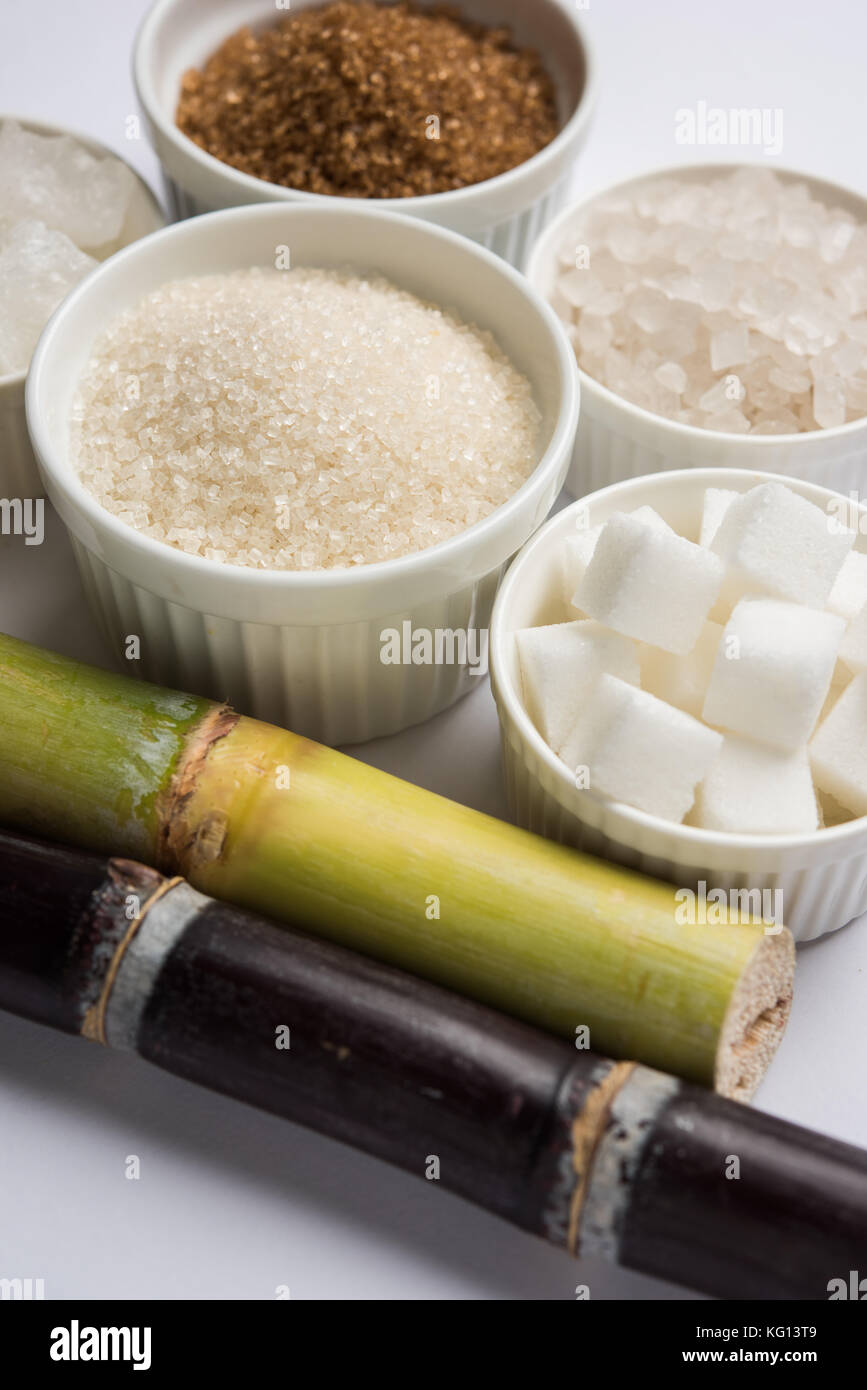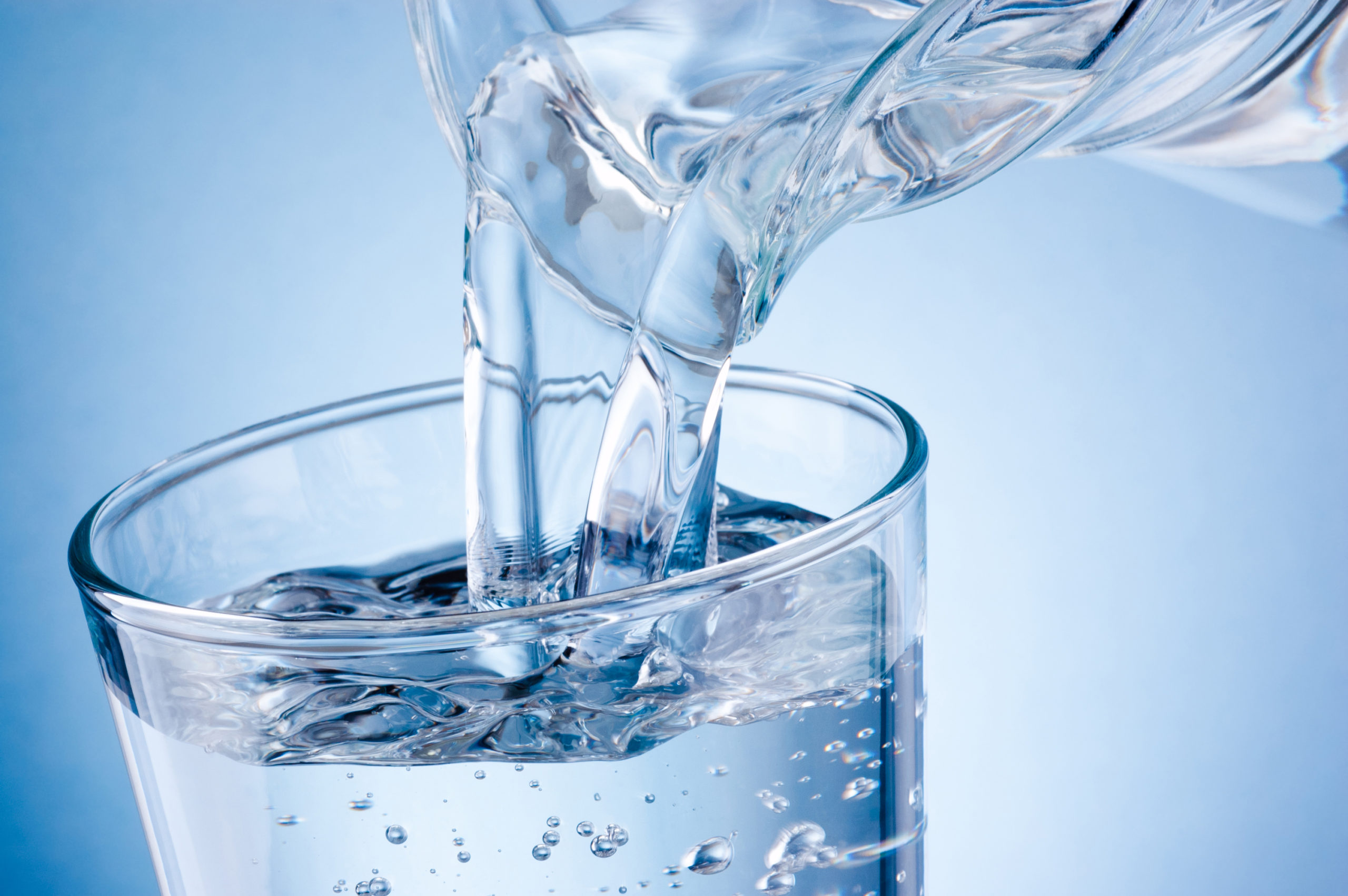The Role of sugar cane products in Sustainable Farming and Agro-Industry
Discover Everything About Sugar Cane: From Production Techniques to Product Innovations
Sugar cane is a plant with both historic significance and modern importance. Its cultivation has actually advanced from conventional methods to contemporary methods that meet today's farming demands. This evolution consists of cutting-edge processing techniques that change the cane right into a selection of items. As the sector encounters environmental difficulties, brand-new sustainable methods are arising. The intricacies of sugar cane manufacturing and its future in global markets present intriguing concerns worth checking out better.
The History of Sugar Cane Growing
Although sugar cane is usually connected with exotic environments, its farming has a rich history that goes back thousands of years. Coming From Southeast Asia, the earliest records of sugar cane's use go back to around 8000 BCE, where it was chewed for its sweetness. By the very first centuries, it spread to India, where it ended up being integral to neighborhood cultures. The technology to take shape sugar emerged in India by the 5th century CE, marking a substantial milestone in sugar production.With the growth of profession routes, sugar cane found its method to the Center East and, eventually, Europe. The facility of vineyards in the Caribbean during the 16th century transformed the global sugar market, driven mainly by early american growth. As sugar became a sought-after asset, its farming formed economic climates and cultures, preparing for contemporary manufacturing methods that progressed with the advancement of agriculture and innovation.
Conventional Farming Strategies
As sugar cane cultivation advanced via background, traditional farming techniques emerged as foundational methods that shaped its manufacturing. These methods, frequently passed down through generations, consisted of using guidebook devices such as hoes and machetes for growing and collecting. Farmers usually prepared the dirt by hand, using plant rotation and intercropping to maintain soil fertility and control pests. Water management was necessary, with numerous standard cultivators relying upon all-natural watering systems and rain harvesting.Planting was frequently timed to correspond with seasonal rainfalls, ensuring perfect growth problems. Generally, sugar cane was grown in rows, enabling for easier maintenance and harvesting. Gathering was done by hand, calling for skilled labor to minimize damage to the stalks. On the whole, typical farming strategies stressed sustainability and a deep understanding of the regional setting, developing a critical part of the social heritage surrounding sugar cane farming. These practices laid the foundation for future innovations in sugar production.
Modern Agricultural Practices
Modern agricultural practices have increasingly bundled precision farming techniques to improve sugar cane manufacturing. sugar cane products. These approaches use data-driven approaches to enhance inputs and boost yields while lessening ecological effect. Furthermore, lasting insect monitoring methods are being taken on to safeguard plants without jeopardizing environmental equilibrium
Precision Farming Strategies
Precision farming strategies stand for a transformative approach to agriculture, leveraging modern technology to boost efficiency and sustainability in sugar cane manufacturing. By making use of devices such as GPS, remote sensing, and data analytics, farmers can keep an eye on plant health, soil problems, and water use with extraordinary accuracy. This data-driven approach permits targeted interventions, minimizing waste and optimizing source allocation. Drones and satellite images promote real-time analyses, enabling cultivators to react promptly to arising concerns or changes in environmental problems. Furthermore, accuracy farming boosts return projecting and improves decision-making procedures, inevitably causing far better crop administration. Therefore, sugar cane manufacturers can achieve higher effectiveness and productivity while reducing their ecological footprint, adding to the general advancement of modern-day agricultural techniques.

Sustainable Bug Monitoring
Effective administration of insects is crucial for maintaining the wellness and productivity of sugar cane plants. Lasting bug monitoring methods concentrate on lessening chemical inputs while making the most of environmental equilibrium. sugar cane products. Integrated Parasite Management (IPM) is a preferred strategy, incorporating biological control, habitat manipulation, and using resistant sugar cane ranges. Farmers are progressively using helpful bugs and natural killers to suppress parasite populations, reducing reliance on artificial chemicals. Surveillance insect degrees through traps and hunting enables timely treatments, making certain that control steps are used only when needed. Additionally, crop turning and intercropping enhance biodiversity, additional diminishing bug break outs. By embracing these lasting practices, sugar cane manufacturers can preserve plant yield while advertising environmental stewardship and reducing the unfavorable impacts associated with traditional parasite control methods
Processing Sugar Cane: From Field to Factory
The intricate trip of sugar cane from area to factory includes a number of essential actions that transform this lively plant into a raw material for sugar production. After collecting, sugar cane is promptly moved to the processing center to minimize sucrose loss. The initial step at the manufacturing facility is washing the cane to remove contaminations, adhered to by crushing to draw out the juice. This juice undergoes clarification, where it is heated and treated with lime to get rid of strong particles and impurities.Once cleared up, the juice is concentrated through dissipation, leading to syrup. The syrup why not find out more is then crystallized by cooling down and adding seed crystals, causing the formation of sugar crystals. Following crystallization, the sugar undertakes centrifugation to divide it from molasses. Eventually, the sugar is dried, packaged, and planned for distribution. Each action in this procedure is important for guaranteeing the top quality and performance of sugar manufacturing.
Sugar Cane Products and Their Applications

Sweeteners and Natural Sugars
Commonly overlooked, sugar and all-natural sugars acquired from sugar cane play an essential role in the food and drink market. These items, consisting of sucrose, molasses, and raw sugar, provide a variety of tastes and capabilities that boost different food products. Sucrose, the most usual sugar, is widely made use of for its sweetening buildings, while molasses contributes depth and complexity to baked items and sauces. Natural sugars from sugar cane are preferred for their minimal processing and viewed wellness advantages compared to sweetening agents. Additionally, advancements in sugar cane processing have actually caused alternatives like liquid sugar and focused cane juice, providing to diverse customer preferences. Overall, sugar cane-derived sugar are integral to flavor, protecting, and boosting food experiences.
Biofuels and Renewable Power

Sustainability in energy manufacturing has increasingly turned interest to sugar cane as a feasible source for biofuels. This exotic crop, abundant in sucrose, can be exchanged ethanol, an eco-friendly fuel that reduces greenhouse gas exhausts compared to fossil gas. The fermentation procedure utilizes molasses, a byproduct of sugar manufacturing, making best use of source effectiveness. Sugar cane's biomass, including bagasse and leaves, can be transformed into bioenergy, contributing to a circular economic climate. Various developments in processing techniques improve the return of biofuels, making sugar cane an appealing option for energy diversification. In addition, the expanding need for sustainable power resources drives study right into enhancing farming practices and minimizing the carbon impact of biofuel production, positioning sugar cane as a vital player in the renewable power landscape.
Advancements in Sugar Cane Sustainability
As the international demand for sugar rises, developments in sugar cane sustainability have come to be crucial to meet both ecological and financial obstacles. Modern agricultural practices are being executed to lower water usage, boost soil health and wellness, and reduce chemical inputs. Techniques such as accuracy agriculture utilize information analytics and technology to optimize source usage and boost plant returns sustainably.Additionally, the growth of genetically customized sugar cane ranges aims to improve resistance to bugs and environmental stressors, resulting in higher efficiency with less inputs. Waste monitoring practices are additionally developing; byproducts from sugar cane processing are being transformed right into bioenergy, lowering reliance on fossil fuels.Furthermore, collaborations between agricultural stakeholders and ecological companies are promoting practices that advertise biodiversity and environment wellness. These developments not just help minimize the environmental impact of sugar cane production Visit This Link yet additionally produce a much more resilient and sustainable industry for the future.
The Future of Sugar Cane in Global Markets
While worldwide sugar intake proceeds to rise, the future of sugar cane in worldwide markets deals with both possibilities and obstacles. The increasing demand for biofuels and sustainable items presents a significant chance for sugar cane manufacturers, as the crop can be used for ethanol production and other green options. On top of that, innovations in processing methods might boost effectiveness and decrease prices, making sugar cane more competitive versus other sweeteners.However, challenges such as environment adjustment, rising and fall market value, and changing consumer preferences toward much healthier choices complicate the landscape. Profession plans and tariffs can impact the worldwide market dynamics, influencing farmers' earnings. As stakeholders navigate these intricacies, collaboration among producers, governments, and scientists will certainly be important in adjusting to the progressing market. The future of sugar cane rests on stabilizing these opportunities and obstacles to secure its place in a swiftly transforming worldwide economic climate.
Often Asked Inquiries
Just How Does Sugar Cane Influence Local Ecosystems and Biodiversity?
The growing of sugar cane substantially affects local ecological communities and biodiversity. Monoculture practices can result in environment destruction, while pesticide usage may harm non-target types, inevitably interfering with eco-friendly balance and lowering types richness in affected locations.
What Are the Health Results of Consuming Sugar Cane Products?
The wellness impacts of consuming sugar cane products consist additional info of prospective advantages like power boosts and anti-oxidants, but too much consumption might cause weight gain, oral issues, and enhanced risk of diabetic issues, prompting moderation in intake.
Exist Any Kind Of Alternatives to Sugar Cane for Sugar Production?
Alternatives to sugar cane for sugar production include sugar beet, maple sap, and coconut hand sap. These resources supply comparable sweet taste and can be grown in various environments, supplying varied alternatives for sugar production worldwide.
Exactly How Is Sugar Cane Affected by Environment Change?
Climate adjustment considerably influences sugar cane, creating altered rains patterns, raised temperatures, and enhanced insect stress. These elements can reduce returns and affect total quality, prompting the requirement for adaptive farming techniques to assure sustainability.
What Are the Labor Problems for Sugar Cane Employees Worldwide?
Labor problems for sugar cane employees worldwide vary substantially, frequently identified by low salaries, lengthy hours, and inadequate security steps. Lots of face exploitation and severe workplace, specifically in establishing countries reliant on sugar cane production.